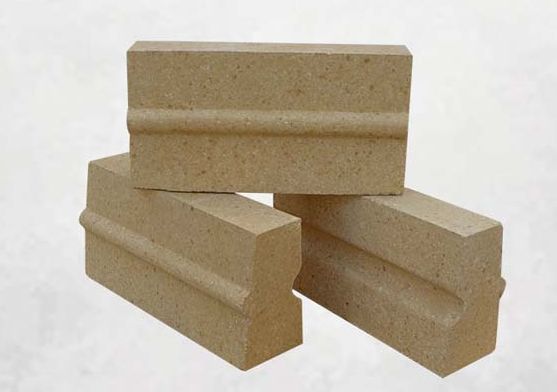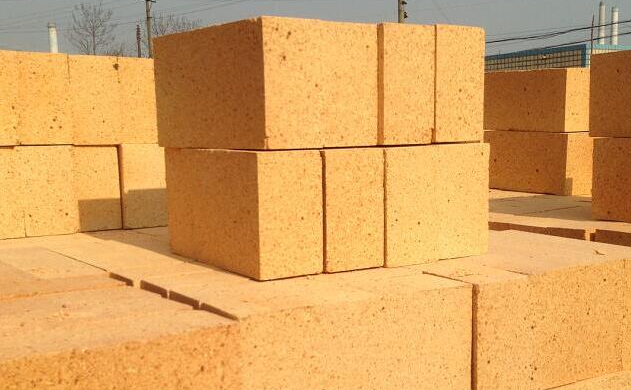High alumina bricks have different grades according to the index, and are divided into different grades of grade 1, grade 2, and grade 3. The types of industrial kilns are divided into high alumina bricks for blast furnaces, high alumina bricks for hot blast stoves, high alumina check bricks for regenerators, high alumina bricks for electric furnace roofs, high alumina bricks for steel drums, and high spalling resistance for rotary kilns. Aluminum bricks, andalusite high alumina bricks for hot blast stove pipeline combination bricks, low creep high alumina bricks for hot blast stoves, etc.

Different types of indicators are also different. General bricks have different indicators of LZ-75, LZ-65, LZ-55, LZ-48. The physical indicators are also different. Especially there are big differences in bulk density, load softening temperature, compressive strength, and refractoriness.
There are also differences between high alumina bricks for blast furnaces and hot blast furnaces. There are three differences for blast furnaces: GL-65, GL-55, and GL-48. For hot blast furnaces, there are RL-65, RL-55, and RL-48, as well as low creep. There are seven grades of variable-height aluminum bricks: DRL-155, DRL-150, DRL-145, DRL-140, DRL-135, DRL-130, and DRL-127. These ten grades have ten different differences in aluminum content, pressure resistance, softness temperature under load, and refractoriness.

According to market needs, manufacturers currently produce high alumina bricks of different quality with 68%, 70%, and 72% aluminum content. LZ-48 bricks are basically not listed in the range of high alumina bricks, because the aluminum content of clay bricks is about 55%, so there are many indicators for the types of high alumina bricks. If there is no basis for comparing prices alone, it is reasonable to compare prices only on the premise of the same indicators.
Under normal circumstances, the manufacturer prepares the corresponding products according to the temperature of the manufacturer, the atmosphere of the furnace lining, and the corrosion situation. Most are quoted at reasonable prices based on the physical and chemical indicators given by the manufacturer.
In short, the selection of high-alumina bricks should be determined according to different usage conditions, and the purchase basis cannot be compared or the price is low. The quality of use should be determined according to usage and indicators. Hope this article is helpful to you.















